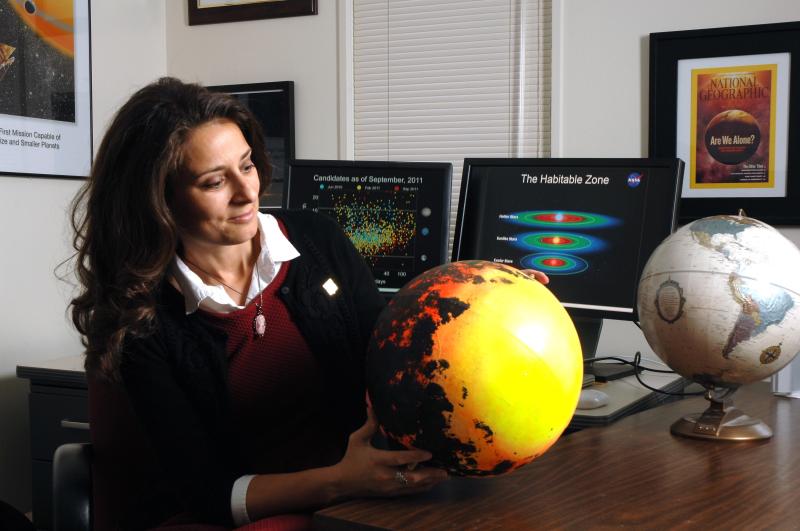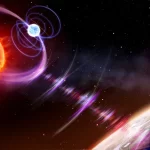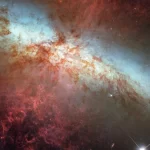When it comes to top-notch academic institutions, UC Santa Cruz (UCSC) stands out. Situated on the beautiful California coast, This achievement reflects years of hard work, amazing discoveries, and a thriving community of researchers and students who are always pushing the limits in astronomy, astrophysics, and planetary study. Different from many bigger schools, UCSC has always put teamwork and new methods first. This open learning environment has been key, especially in science, where curiosity drives new findings.
The school’s achievements in space science come from years of backing both people and tools. Teachers who began as excited, young researchers now lead in astrophysics. UC Santa Cruz’s space science program is getting noticed, earning high ranks both in the US and around the world. They explore many topics, like observational and theoretical astrophysics, planetary science, and cosmic physics, and have done very well in each of these areas.
UCSC has three programs that rank in the world’s top 60, with two making it into the top 15. This shows that UCSC can go head-to-head with, and sometimes beat, big-name schools like MIT, Stanford, and Caltech. For a smaller school, this kind of recognition shows how well it does when it focuses on doing a few things great. UC Santa Cruz is really known for its astrophysics program. The teachers and students there have been big players in some major astronomy finds.
Like, UCSC researchers were key in backing up the idea that the universe is expanding faster and faster—that find even got a Nobel Prize in Physics later on. One of the stars in UCSC’s astrophysics group is Professor Sandra Faber, a famous astronomer who’s changed how we think about how galaxies form. Her work has gotten many scientists excited and made UCSC a well-known spot for space research. Space exploration isn’t just about gazing into the distant cosmos; it’s also about gaining insights into our own cosmic neighborhood. Planetary scientists at UC Santa Cruz are involved in missions that explore Mars, Jupiter’s icy moons, and the outer reaches of our solar system.
The university also focuses on Earth-like exoplanets. Researchers are using advanced telescopes to locate planetary systems outside our solar system that might offer conditions suitable for life.
UC Santa Cruz’s involvement in global space exploration makes its success even more remarkable. These partnerships give students and faculty awesome chances to help with current missions and make big finds. UCSC teams up with places like observatories in Chile and Hawaii. They have the world’s best telescopes. Students get to use this tech, so they learn by doing. For students, this means more than building résumés; it’s about becoming part of a scientific community that values curiosity, collaboration, and creativity. Many graduates have gone on to become leaders in astrophysics, planetary research, and even space policy.
While UC Santa Cruz has achieved remarkable recognition, the journey is far from over. The next decade promises even greater challenges and opportunities. With the upcoming deployment of new space telescopes and interplanetary missions, UCSC researchers are poised to remain at the forefront of discovery.
The university is also working to ensure its programs remain inclusive, fostering diversity in a field historically underrepresented by women and minorities. UC Santa Cruz’s high ranking in space science isn’t just about grades. It’s about the people who dream big and aren’t afraid to ask tough questions about what’s out there.It happens where we learn, experiment, and watch the skies, mixing what we know with what we can imagine.
Instead, it’s found in places that value looking into things and in people who see the night sky as more than just stars, but as a chance to learn. As UC Santa Cruz keeps exploring space, it takes with it the hopes of students, teachers, and others who are inspired by the human wish to know what’s out there.










